Every minute your company operates in the cloud, money is flowing out often to resources you're not even using. A staggering 40% of cloud spending goes to waste due to poor visibility, uncontrolled provisioning, and lack of governance. For a company spending $1 million annually on cloud infrastructure, that translates to $400,000 literally vanishing into digital thin air. While your competitors optimize their cloud operations and reinvest savings into innovation, uncontrolled cloud spending could be the silent profit killer undermining your business growth.
The harsh reality is that cloud cost optimization isn't just an IT problem, it's a strategic imperative that directly impacts your bottom line, competitive advantage, and ability to scale sustainably.
Invisible Resource Sprawl and Uncontrolled Provisioning
The primary driver of cloud waste stems from what industry experts call "invisible resource sprawl." Unlike traditional on-premises infrastructure where physical servers are tangible assets, cloud resources are ephemeral and easily forgotten. Development teams spin up instances for testing, provision databases for proof-of-concepts, or create redundant storage buckets without proper tracking mechanisms. These resources continue consuming the budget long after their original purpose has ended.
Death by a Thousand Small Cuts
This invisible sprawl creates a compound effect that devastates operational budgets. Consider the typical enterprise scenario: a single forgotten test environment running 24/7 costs approximately $2,400 annually per instance. Multiply this across hundreds of developers, multiple projects, and various cloud services, and the waste accumulates rapidly. Beyond direct costs, this uncontrolled spending reduces available capital for strategic initiatives, forces reactive decision-making around infrastructure investments, and creates unpredictable budget forecasting that frustrates CFOs and investors alike.
Implement Real-Time Visibility and Automated Governance
Effective cloud governance starts with implementing comprehensive tagging strategies and automated resource discovery. Every cloud resource should carry metadata indicating its purpose, owner, project, and expected lifecycle. Cloud cost optimization platforms can then provide real-time dashboards showing resource utilization, cost trends, and idle assets. Automated policies should enforce maximum instance lifespans for non-production environments and send alerts when resources remain idle beyond defined thresholds.
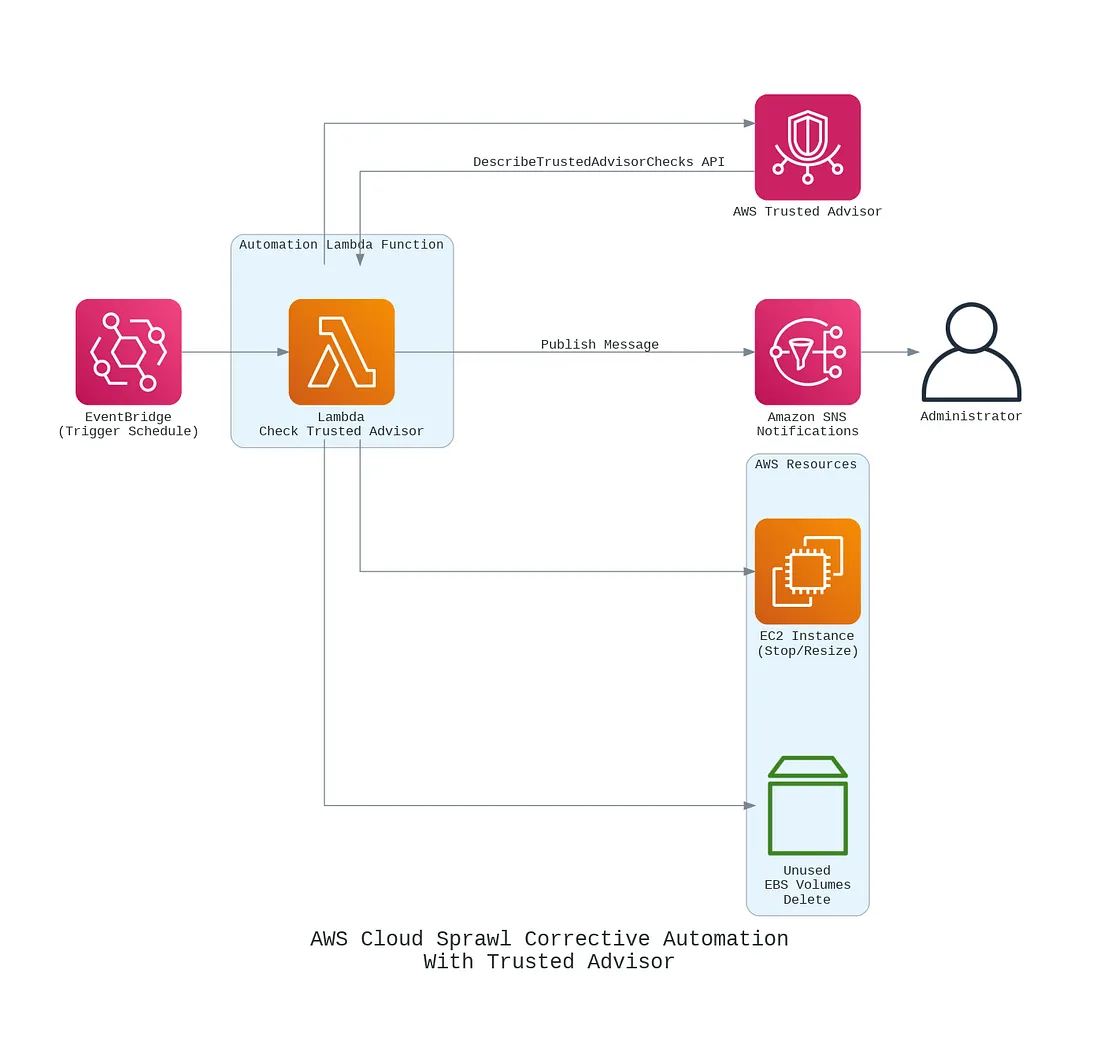
AWS automation framework for detecting and correcting cloud sprawl (Source: AWS)
E-commerce Platform Reduces Waste by 35%
A mid-sized e-commerce company discovered they were running 47 unused EC2 instances across different AWS regions, costing $84,000 annually. After implementing automated resource tagging and lifecycle management policies, they identified and terminated these orphaned resources within two weeks. Additionally, they established automated shutdown schedules for development environments, reducing their overall cloud spend by 35% while maintaining full operational capability.
Over-Provisioned Resources and Poor Infrastructure Scaling
The second major cause of cloud waste involves over-provisioning resources based on peak demand assumptions rather than actual usage patterns. Many organizations provision infrastructure for worst-case scenarios and leave it running continuously, even when demand fluctuates significantly. This approach stems from traditional on-premises thinking where capacity planning required substantial upfront investment and couldn't be easily adjusted.
Paying for Phantom Capacity
Over-provisioned infrastructure creates substantial opportunity costs. A database server provisioned for 1,000 concurrent users but averaging only 200 users operates at 20% utilization while consuming 100% of its allocated budget. This inefficiency compounds across multiple services, resulting in infrastructure costs that are 3-5 times higher than necessary. The financial impact extends beyond direct costs over-provisioning ties up capital that could fund product development, market expansion, or strategic acquisitions.

Over-provisioning leaves large unused resources while under-provisioning risks unmet demand (Source: Research diagram)
Dynamic Scaling and Right-Sizing Strategies
Modern infrastructure scaling requires adopting cloud-native architectures that can automatically adjust resources based on actual demand. Implementing auto-scaling groups, containerized applications, and serverless computing models allows infrastructure to expand and contract dynamically. Right-sizing involves continuously analyzing resource utilization metrics and adjusting instance types, storage allocations, and compute capacity to match actual requirements rather than theoretical maximums.
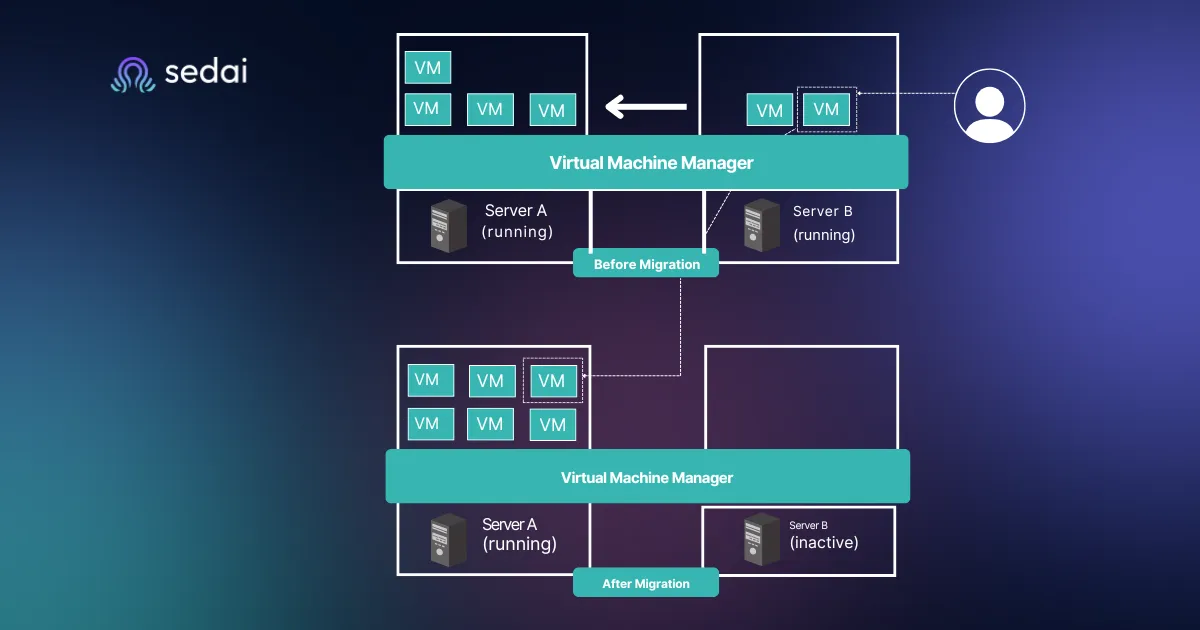
AWS auto-scaling dynamically adjusts resources based on demand (Source: Sedai)
SaaS Company Achieves 60% Cost Reduction Through Smart Scaling
A B2B SaaS platform was spending $180,000 monthly on constantly running large database instances to handle peak traffic during business hours. By implementing Aurora Serverless and auto-scaling application servers, they reduced costs to $72,000 monthly while improving performance during peak periods. The solution automatically scaled down during nights and weekends when usage dropped by 80%, demonstrating how proper infrastructure scaling can deliver both cost savings and better user experience.
Lack of FinOps Culture and Cost Accountability
Perhaps the most critical issue is the absence of a FinOps culture that makes cloud spending everyone's responsibility rather than just the finance team's concern. Traditional IT budgeting treats infrastructure as a fixed cost, but cloud computing requires treating it as a variable expense that every team member can influence. Without proper cost accountability mechanisms, engineering teams optimize for performance and speed while remaining disconnected from the financial implications of their architectural decisions.
Misaligned Incentives Drive Unnecessary Spending
When engineering teams aren't held accountable for cloud costs, they naturally gravitate toward over-engineered solutions that prioritize technical elegance over cost efficiency. This creates a disconnect between technical decisions and business objectives, resulting in systems that are powerful but economically unsustainable. The lack of cost visibility also prevents teams from making informed trade-offs between performance, reliability, and expenses, leading to solutions that exceed business requirements while draining budgets.
Establish FinOps Practices and Cost-Aware Engineering
Successful cloud cost optimization requires establishing FinOps as a cultural practice that brings together finance, operations, and engineering teams. This involves implementing cost allocation methods that attribute cloud spending to specific teams, projects, or products. Regular cost reviews should become part of sprint planning and architectural review processes. Engineering teams need access to cost dashboards and training on the financial implications of different architectural patterns and service choices.
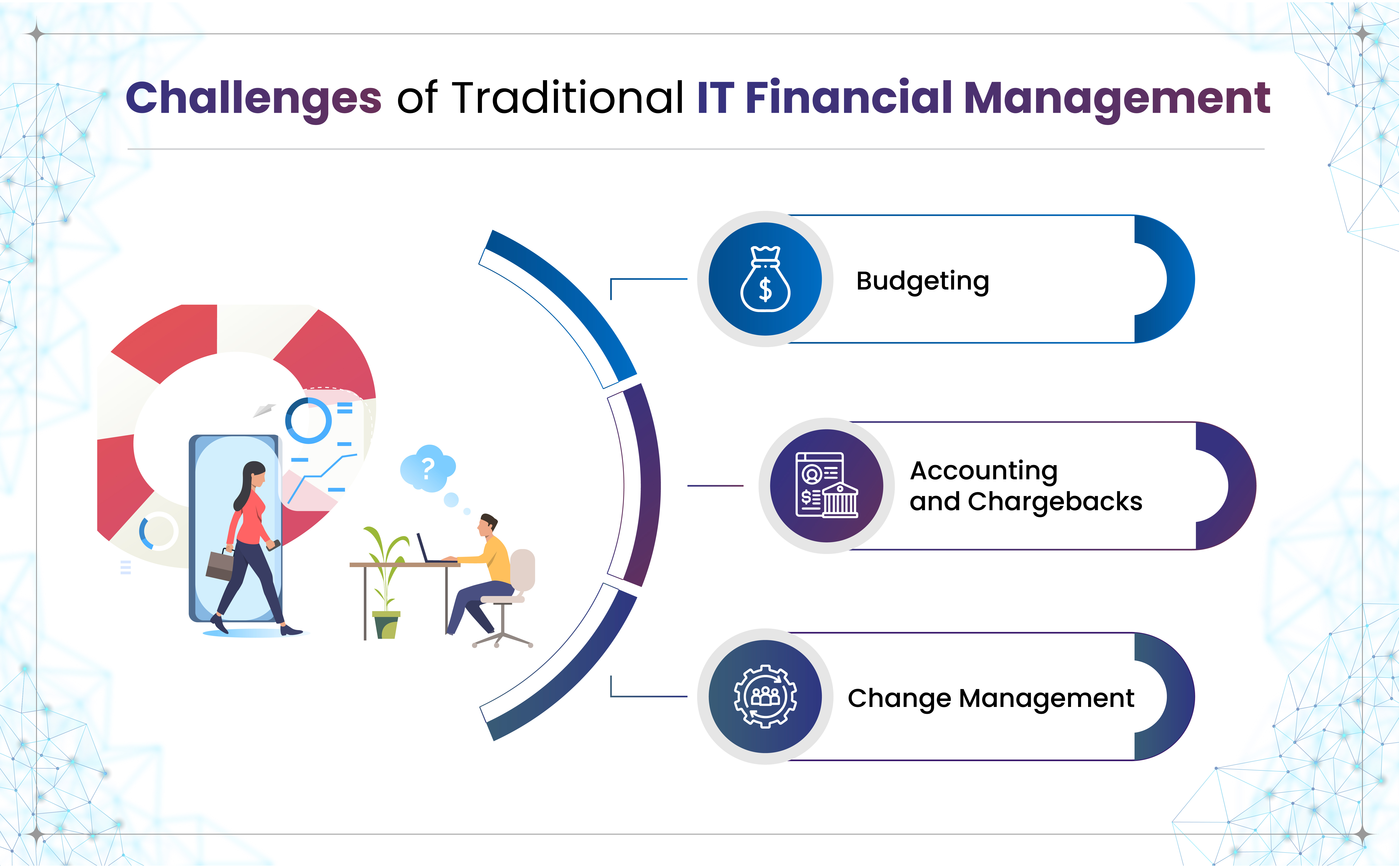
FinOps principles align finance, operations, and engineering for shared cost accountability (Source: FinOps Foundation)
Manufacturing Company Reduces Costs 45% Through FinOps Culture
A manufacturing company with a $2.4 million annual cloud budget implemented monthly cost review sessions where each development team presented their cloud spending and optimization plans. They created internal cost allocation that charged each team's budget for their cloud usage and provided cost optimization training. Within six months, teams had collectively identified optimization opportunities that reduced overall spending by 45%, including migrating appropriate workloads to reserved instances, optimizing data transfer patterns, and rightsizing storage solutions.
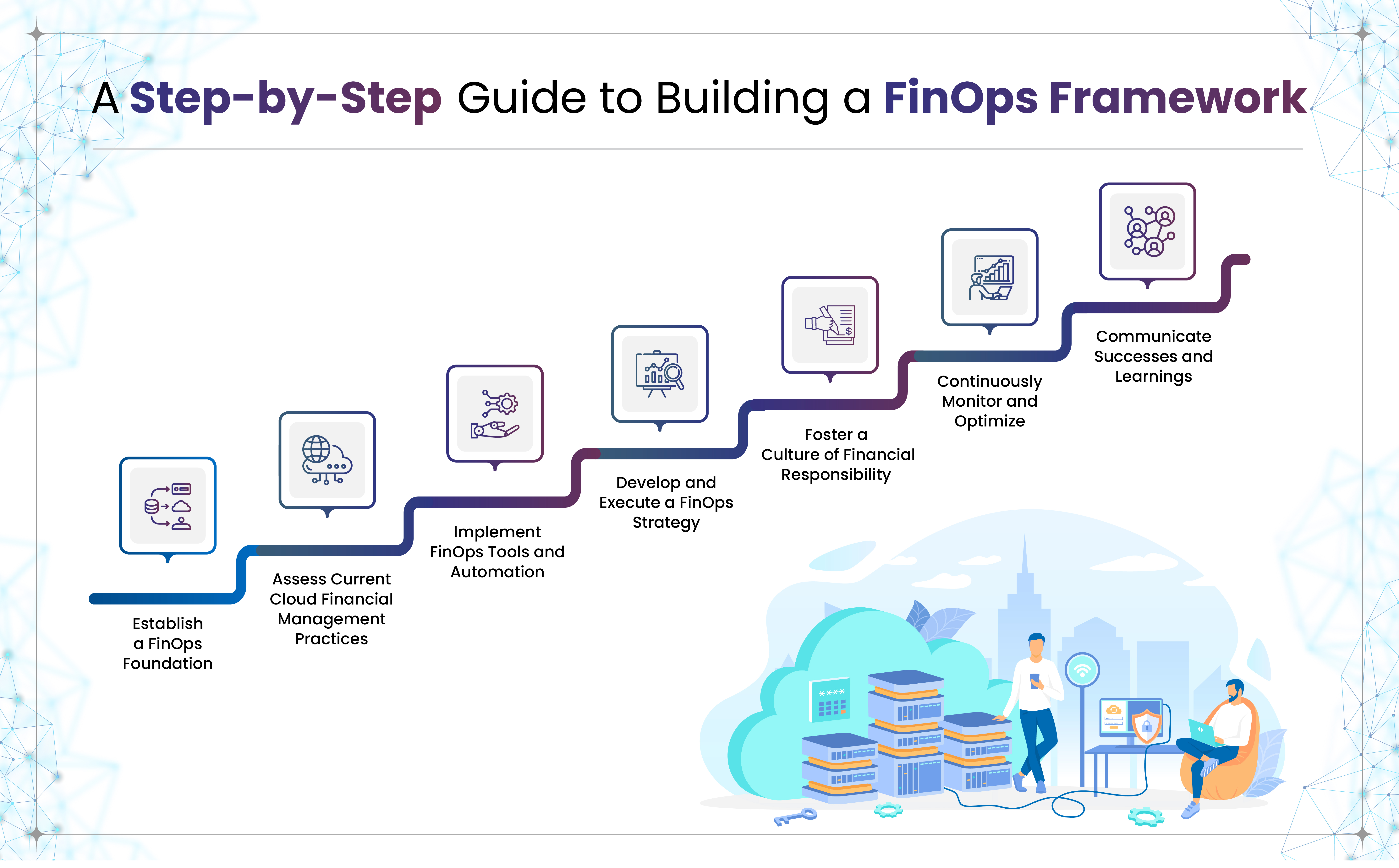
Building a FinOps framework step by step enables sustainable cost reduction (Source: FinOps Framework Guide)
Inadequate Cost Tracking and Analytics
The final major contributor to cloud waste involves inadequate monitoring and analytics capabilities. Many organizations rely on basic billing statements that provide historical cost information but lack the granularity and real-time insights needed for proactive optimization. Without proper cost analytics, teams can't identify spending trends, predict budget overruns, or understand the cost implications of architectural changes before they're implemented.
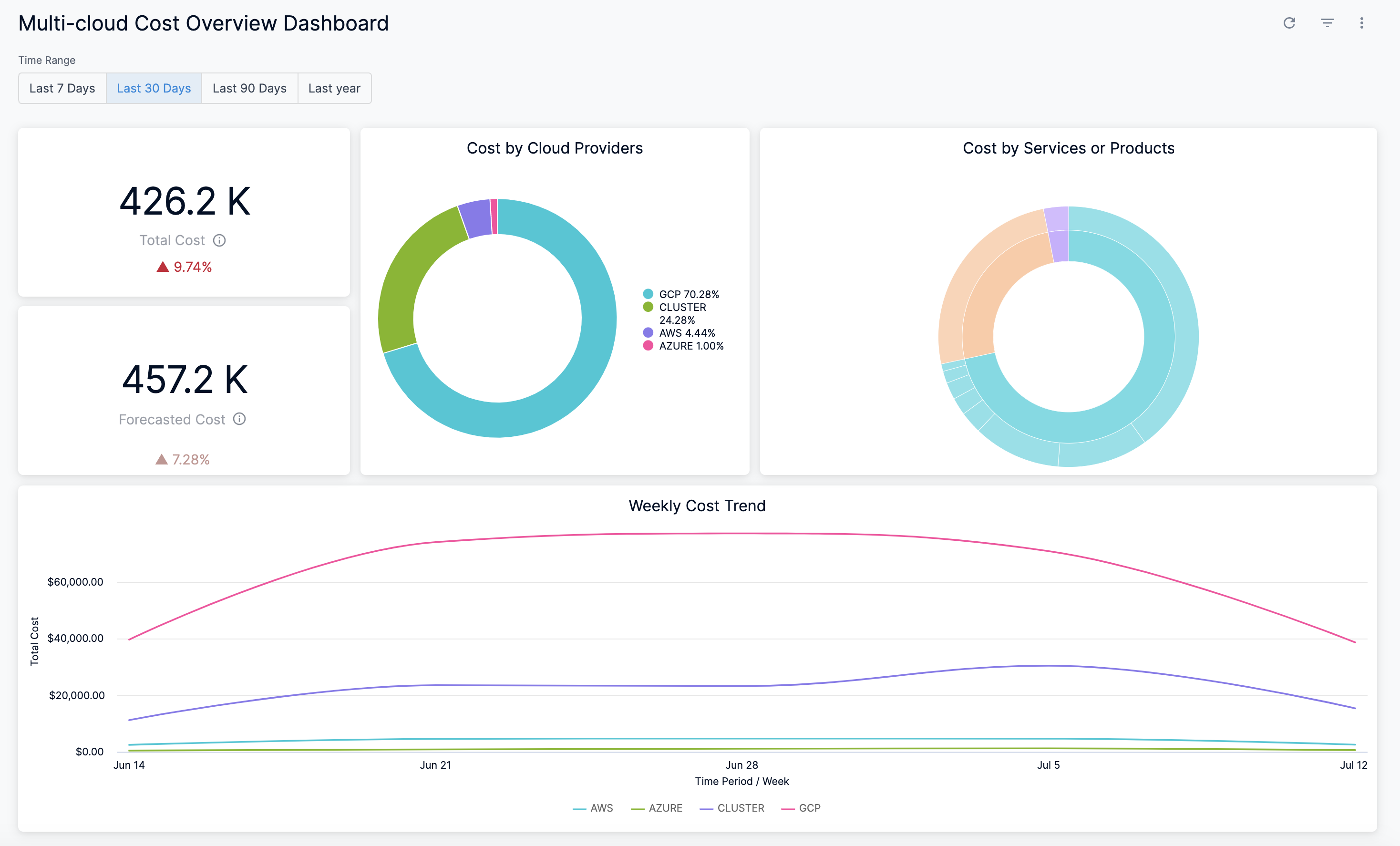
A multi-cloud cost dashboard highlights provider-level and service-level spending for better visibility (Source: Cloud Analytics Platform)
Reactive Management Leads to Budget Surprises
Poor cost visibility forces organizations into reactive management modes where budget issues are discovered weeks after they occur. This delayed feedback loop prevents timely optimization and often results in emergency cost-cutting measures that can impact performance or reliability. Additionally, the lack of predictive analytics makes it impossible to forecast infrastructure costs for business planning, creating uncertainty around profitability models and growth strategies.
Implement Advanced Cost Analytics and Forecasting
Modern cloud cost optimization requires sophisticated analytics platforms that provide real-time cost monitoring, predictive forecasting, and granular cost attribution. These systems should offer anomaly detection to identify unusual spending patterns, scenario modeling to evaluate the cost impact of architectural changes, and automated reporting that keeps stakeholders informed of cost trends and optimization opportunities. Integration with existing business intelligence systems ensures cost data becomes part of broader business decision-making processes.
Technology Startup Prevents $200K Budget Overrun
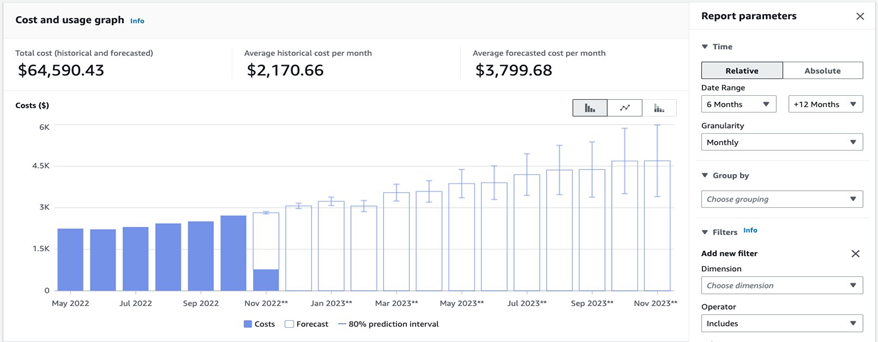
Forecasting cloud spend with predictive intervals helps prevent budget overruns by identifying anomalies early (Source: AWS Cost Explorer).
A rapidly growing technology startup was on track to exceed their quarterly cloud budget by $200,000 due to unexpected data processing costs from a new product feature. Their advanced cost monitoring system detected the anomalous spending pattern within 48 hours and provided detailed analysis showing which specific services and workflows were driving the increase. The engineering team quickly implemented data processing optimizations and adjusted the feature's architecture, keeping the quarter within budget while maintaining full functionality.
Turning Cloud Waste into Measurable Savings
Cloud overspending is not an unavoidable tax of digital transformation. The real difference lies in having the right frameworks and expertise to translate cloud investment into measurable value. This is where Twendee steps in.
We provides:
DX consultancy to focus on analyzing the client’s current cloud environment end-to-end. Our consultants identify idle resources, over-provisioned capacity, and gaps in governance that quietly drain budgets. From there, we redesign cloud architectures and scaling strategies to balance cost efficiency with performance and growth needs.
FinOps services to embed cost accountability directly into engineering workflows. Twendee helps enterprises set up cross-functional cost allocation, real-time dashboards, and governance policies that ensure every dollar spent is visible, owned, and optimized. This cultural shift aligns finance, operations, and development teams around the same goal: sustainable, predictable cloud spending.
The results speak for themselves. Clients typically achieve 20–40% cost reduction within months, while gaining the transparency and agility to scale without fear of budget shocks. More importantly, Twendee’s approach transforms cloud cost optimization from a one-time exercise into an ongoing discipline that supports long-term innovation.
Conclusion
Cloud cost optimization represents far more than expense reduction, it's a strategic capability that enables sustainable, scalable growth. Organizations that master cloud financial management gain competitive advantages through improved resource allocation, faster time-to-market for new initiatives, and enhanced business agility. By addressing resource sprawl, implementing proper governance, establishing FinOps culture, and deploying advanced analytics, companies can transform cloud costs from an uncontrolled expense into a strategic lever for business success.
The companies that will thrive in the cloud-first economy are those that view cost optimization as an ongoing discipline rather than a one-time project. They understand that every dollar saved through efficient cloud operations is a dollar available for innovation, market expansion, and compeitive differentiation.
Ready to transform your cloud spending from a cost center into a competitive advantage? Discover how Twendee helps enterprises cut cloud waste through comprehensive DX consultancy & FinOps services. Our experts combine deep technical knowledge with financial optimization strategies to deliver measurable results for your cloud operations. Connect with us and stay updated on the latest cloud optimization insights through our Facebook, X, and LinkedIn channels. Discover how Twendee can support your transformation by connecting via Facebook, Twitter, and LinkedIn.
